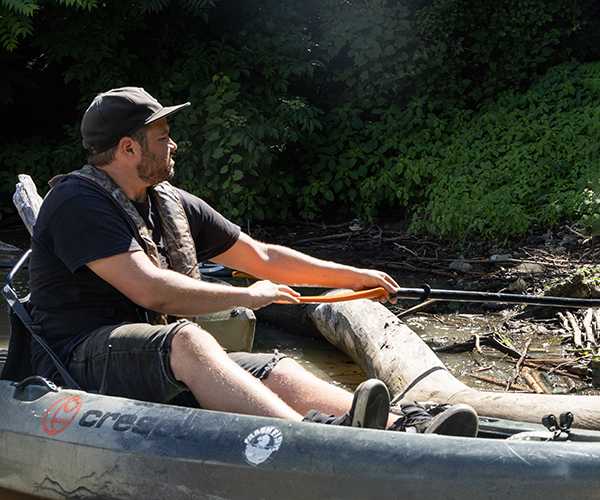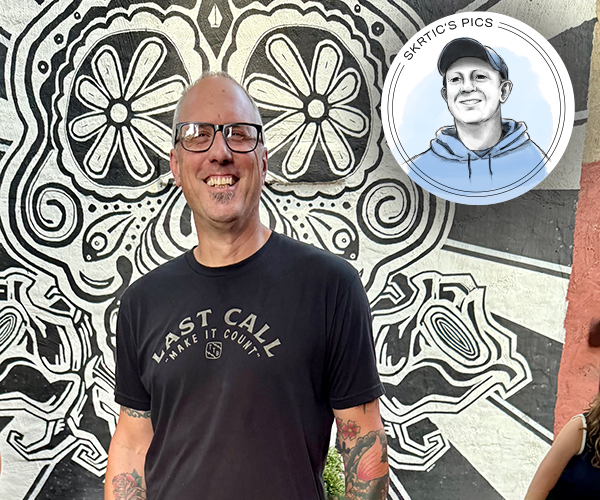Baby, it's cold outside — five months of the year. So perhaps it's time to embrace it. And Kent State University's Center for Outdoor Living Design would have you do just that.
Launched this year, the initiative encourages and develops ways to get people out from under their blankets and into the cold mix by promoting ideas such as mobile fire pits and ice-skating lanes.
"It seems like a missed opportunity if we're not designing for those seasons with as much rigor and intensity as we do for the other parts of the year," explains David Jurca, associate director of Kent State's Cleveland Urban Design Collaborative and the man spearheading its COLD initiative.
Jurca points to wintertime in Paris and Rome, where outdoor cafes are bathed with diners and imbibers. Locally, that could translate into making East Fourth Street more December-ready with patios cloaked in clear plastic, warmed by overhead heaters, encouraging passersby to sit outside.
On Nov. 15, a 35-foot-long wooden structure that looks strikingly like an open-air igloo will be unveiled on PlayhouseSquare's Star Plaza. It will display design concepts submitted for Coldscapes: New Visions for Cold Weather Cities, an international competition that announced winners in July. The three finalists hail from Chicago, Boston and Edmonton, Alberta, while three Clevelanders are among 10 honorable mentions.
One such Cleveland plan envisioned Lake Erie as a wintertime frozen playground with glowing, elevated observation pods over the lake that residents could ice skate or snowshoe to and take in the view.
"We want the exhibit itself to serve the role of encouraging outdoor use," Jurca explains. "It can be an example that others replicate. ... We also want people to remember those positive memories they have of winter."
Sure, it's tough to recall, but there was a time in your life when building a snowman or sledding down a hill was actually fun. But that kind of childlike reminiscing is hard to welcome when you're forced to drive to work in or shovel the stuff.
Second Hinterlands
The Chicago-based team of Noel Turgeon and Natalya Egon envisioned mounds of snow sculpted and piled purposely for recreational use.
Polar 77
Wendy Wang and Ryan Ort, of Boston, would use shipping containers to build sustainable outdoor spaces, such as amphitheaters or warming huts.
The Freezeway
Canadian Matt Gibbs proposed skating lanes beside bicycle paths and walkways for people to cross the road and glide to work on ice skates.



